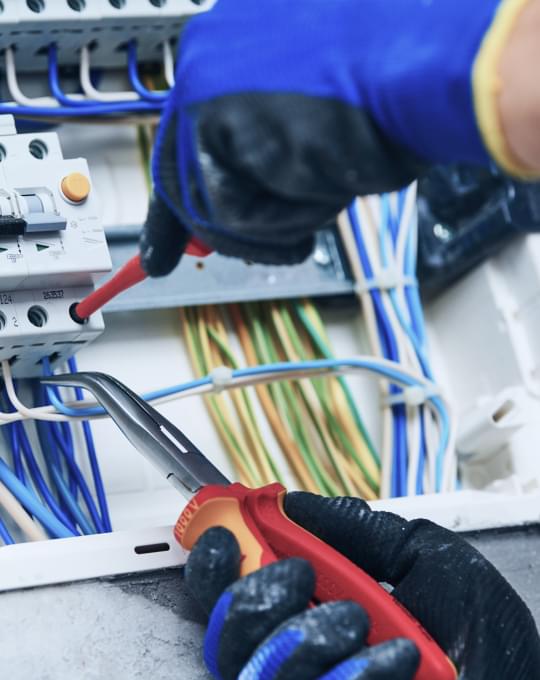
Category
Service 1
This is a service description. Add more detail about this service, such as benefits, appearance, components and value

+1 888 123 4567
The future of artificial limbs holds the potential to further enhance the lives of individuals with limb loss. Ongoing research and technological advancements aim to improve the functionality, comfort, and adaptability of prosthetic devices, offering individuals greater mobility, independence, and a more natural limb replacement experience.
1. Brain-computer interfaces (BCIs): BCIs aim to establish a direct communication pathway between the brain and the prosthetic limb. By decoding the user's intentions and translating them into control signals, BCIs can provide more intuitive and precise control of the artificial limb. This technology has the potential to enable individuals to move their prosthetic limbs as naturally and effortlessly as their natural limbs.
2. Neuroprosthetics: Neuroprosthetics involve the integration of artificial limbs with the user's nervous system. By connecting the prosthetic limb to the remaining nerves in the residual limb or the brain artificial limb centres, neuroprosthetics can restore a sense of touch, proprioception, and even pain perception. This technology may allow individuals to experience more natural sensations with their artificial limbs and improve their ability to perform delicate tasks.
3. Smart materials and sensors: The use of smart materials, such as shape-memory alloys or synthetic muscles, can enhance the flexibility, responsiveness, and durability of artificial limbs. These materials can adapt to the user's movements, providing a more natural experience. Additionally, the integration of sensors within the prosthetic limb can provide real-time feedback, enabling better control and customization of the device.
4. Biofabrication and tissue engineering: Biofabrication involves the use of 3D printing technology to create living tissues and organs. In the context of artificial limbs, tissue engineering techniques may be employed to regenerate functional muscles, tendons, or even bone. This could lead to the development of more biocompatible and seamlessly integrated artificial limbs, reducing discomfort and improving overall functionality.
5. Artificial intelligence and machine learning: Artificial intelligence and machine learning algorithms can play a crucial role in improving the performance and adaptability of artificial limbs. These technologies can enable the limb to learn from the user's movements, continuously adapting and optimizing its performance. Machine learning algorithms can also help predict user intentions, making the control of the artificial limb more intuitive and efficient.
6. Minimally invasive surgery: Advancements in surgical techniques may lead to more minimally invasive procedures for implanting artificial limbs. This can reduce the risk of complications, shorten recovery times, and improve the overall experience for patients. Minimally invasive surgery may also allow for easier upgrades or modifications to the artificial limb.
In conclusion, the future of artificial limbs looks promising, with ongoing research and technological advancements aimed at improving functionality, comfort, and adaptability. From brain-computer interfaces to neuroprosthetics, smart materials and sensors, biofabrication and tissue engineering, artificial intelligence, and machine learning, along with minimally invasive surgery, these advancements have the potential to revolutionize the field of artificial limbs and offer individuals with limb loss greater mobility, independence, and a more natural limb replacement experience.


Category
This is a service description. Add more detail about this service, such as benefits, appearance, components and value

Category
This is a service description. Add more detail about this service, such as benefits, appearance, components and value

Category
This is a service description. Add more detail about this service, such as benefits, appearance, components and value